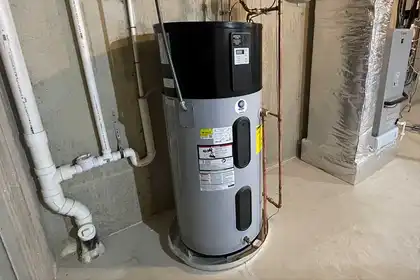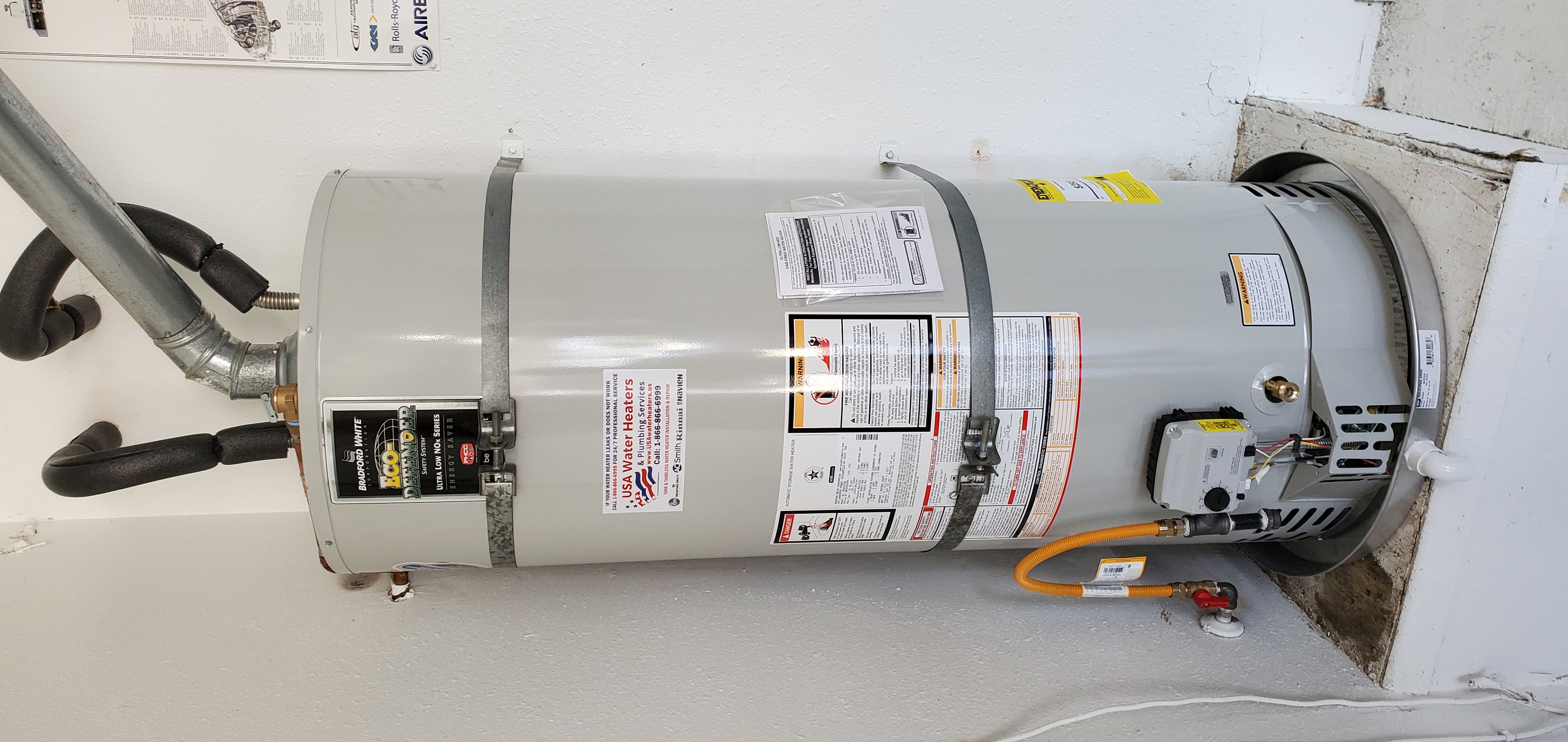Ensure a seamless water heater installation in Yorba Linda with our experts
Ensure a seamless water heater installation in Yorba Linda with our experts
Blog Article
DIY Hot Water Heater Setup: Necessary Steps for Success
When taking into consideration a DIY water heater installation, it is important to come close to the job with a systematic mindset, as the process includes several crucial steps that can substantially impact both security and performance. Choosing the suitable hot water heater for your specific needs is just the beginning; preparing the setup location and comprehending the essential devices and materials are just as vital. As we check out the systematic strategy to installation, it ends up being noticeable that neglecting any detail might bring about difficulties down the line. Are you prepared to navigate the intricacies of this home renovation task?
Picking the Right Water Heating System
When picking a hot water heater, it is necessary to consider several essential aspects to ensure optimum efficiency and performance - water heater. First of all, review the type of water heating system that best matches your demands. Options include tankless, tank, and warmth pump hot water heater, each offering distinct benefits in regards to energy performance and room requirements
Following, analyze the capability needed for your home. A larger family may call for an unit with a higher gallon capability or a tankless system that can supply constant warm water. It's also essential to think about the energy source; typical alternatives consist of electric, all-natural gas, and propane. Each power kind has effects for installment costs and long-term power expenditures.
Power effectiveness is another vital aspect. By thoroughly evaluating these factors, you can pick a water heating system that straightens with your house's particular requirements, ensuring comfort and performance for years to come.
Tools and Products Needed
Efficiently installing a hot water heater calls for not just the best option of device yet likewise the appropriate tools and products. Before beginning on your DIY job, ensure you have a comprehensive checklist of products to facilitate a smooth installation procedure.
Essential devices consist of a pipeline wrench, adjustable pliers, and a screwdriver set (both flathead and Phillips), which will certainly aid you handle numerous installations and links. In addition, a drill with ideal little bits is essential for installing brackets or making any needed holes. For safety and security, a voltage tester is critical, specifically when taking care of electrical hot water heater.
As for products, obtain Teflon tape to ensure watertight links on threaded installations. You will likewise require a flexible water system line, which can be either knotted stainless-steel or PVC, relying on your choices and neighborhood codes. Do not fail to remember to stock up on fittings, such as joints and combinings, to attach the plumbing securely. Finally, a frying pan or drip tray can assist handle any potential leakages, providing an added layer of security. By gathering these products and tools beforehand, you set the stage for a successful hot water heater installment.
Getting Ready For Installation
Before beginning the setup of your hot water heater, it is crucial to analyze the setup website to guarantee it fulfills all required requirements. Beginning by verifying anonymous that the location is well-ventilated, specifically for gas hot water heater, to avoid the buildup of hazardous gases. Inspect for the schedule of necessary links, including supply of water lines and electrical outlets, guaranteeing they remain in great condition and effectively located.

This positive strategy not just ensures compliance with neighborhood building codes yet likewise enhances the long life and efficiency of the water heating unit. Proper preparation establishes the phase for a smooth installation procedure and helps protect against unexpected concerns.
Step-by-Step Installation Refine
With the preparation total and all needed evaluations conducted, the following phase involves the detailed installment of your water heating system. Begin by guaranteeing that the brand-new device is located correctly, straightening it with the existing pipes and electric links. For tank-type water heaters, attach the cold water supply line to the inlet, generally noted in blue, and the warm water line to the electrical outlet, usually marked in red. Use Teflon tape on threaded joints to stop leakages (water heater Get More Info installation Brea).
Following, protect the temperature and stress alleviation valve, which is essential for security. Connect the discharge pipeline to this valve, guiding it towards the flooring or an ideal drain area. For electric versions, link the power supply by removing the cables and securing them to the heating system's terminals according to the manufacturer's directions.
If you are installing a gas water heating system, make sure the gas line is connected properly and look for leaks making use of a soap solution. Connections are made, fill up the tank with water before turning on the power or gas supply. Permit the water heater to get to the wanted temperature and check for any type of leakages around all links.
Ensuring Safety and Effectiveness
Regularly making sure safety and security and efficiency throughout the installation and operation of your hot water heater is crucial for ideal performance and durability. Begin by picking a suitable location that adheres to regional structure codes and gives ample ventilation. Make certain that the area is without flammable materials and has adequate space for upkeep and examinations.

After installment, conduct routine look at the system to identify leakages, deterioration, or unusual noises. Establish the thermostat to a risk-free temperature level, commonly around 120 ° F, to website link avoid scalding and boost power effectiveness. Protect pipes to decrease heat loss, which contributes to reduce power costs.
Verdict
In verdict, effective DIY water heating system installation pivots on careful preparation and execution. Picking the suitable water heating unit, preparing the setup location, and complying with a systematic setup procedure are vital actions.
When taking into consideration a DIY water heating system installation, it is crucial to approach the job with a systematic state of mind, as the procedure involves a number of critical actions that can significantly affect both safety and security and effectiveness.Prior to beginning the setup of your water heating system, it is essential to examine the installment website to guarantee it meets all needed needs. For tank-type water heaters, connect the chilly water supply line to the inlet, typically noted in blue, and the warm water line to the electrical outlet, typically assigned in red.Regularly guaranteeing safety and performance during the setup and procedure of your water heating system is crucial for optimal performance and long life. Selecting the appropriate water heater, preparing the setup area, and following an organized installation process are important steps.
Report this page